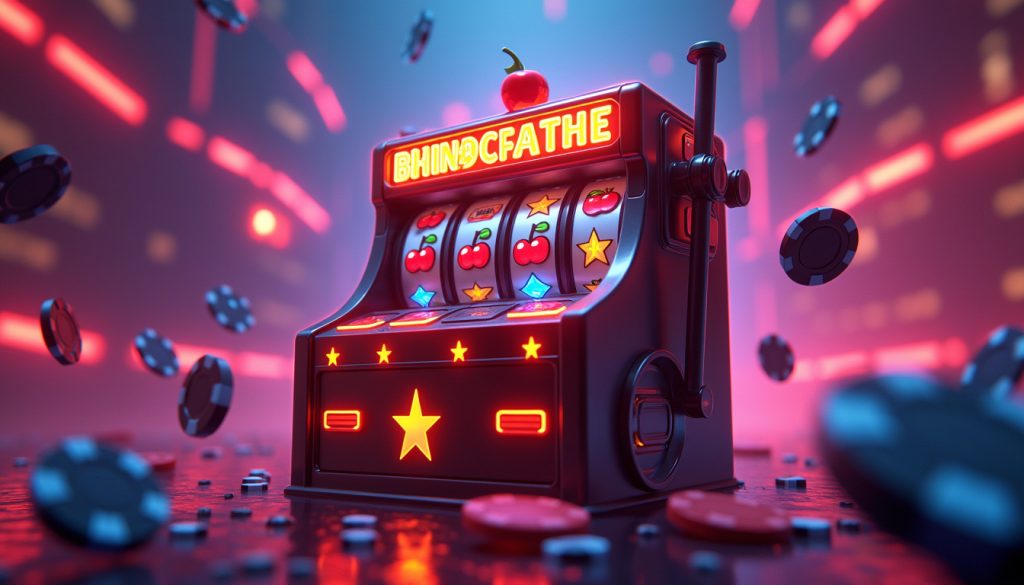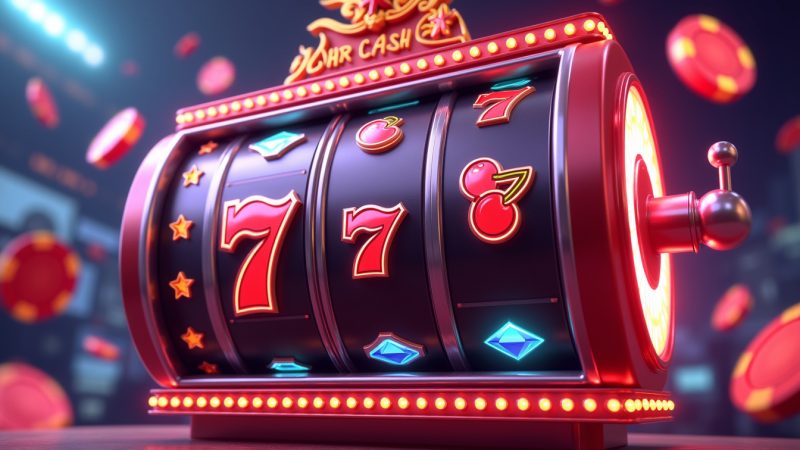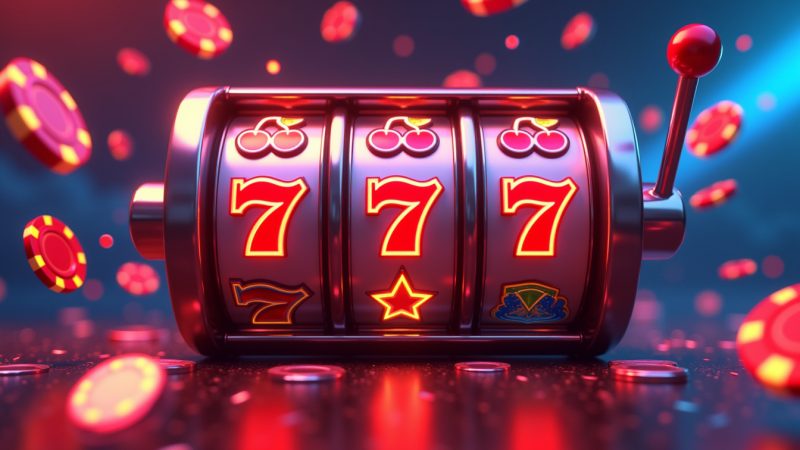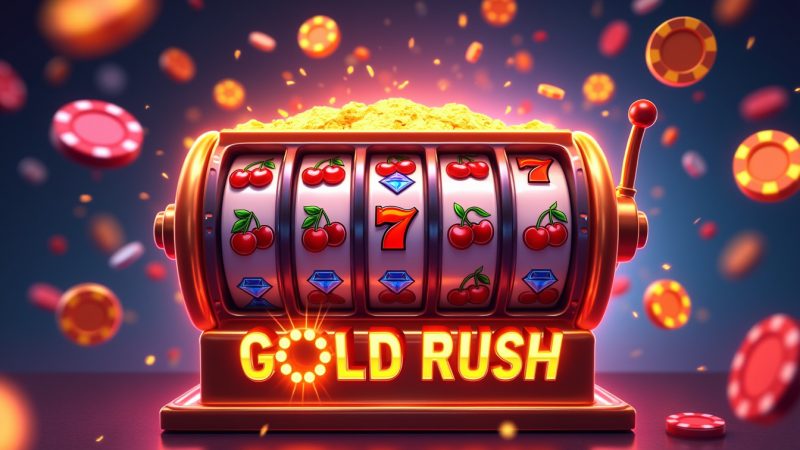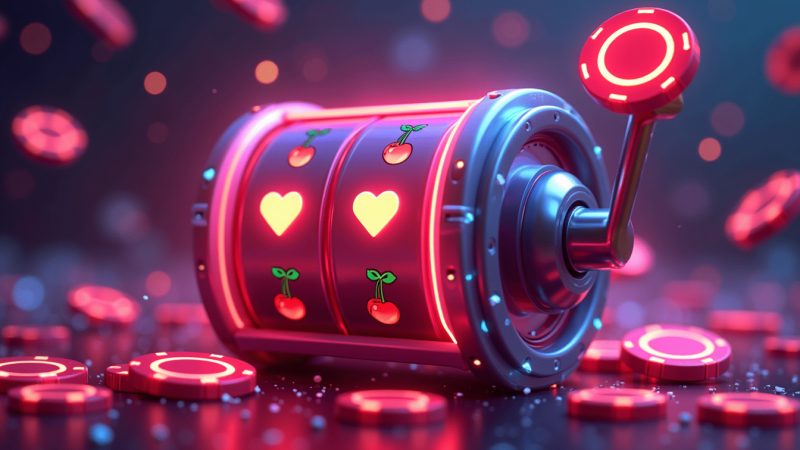When you think of Minecraft slot machines, you might picture a simple in-game toy to kill time or add a dash of flair to your server. But step beyond the surface and these blocky contraptions pack way more punch than distractions—they blend clever engineering, gambling thrills, and player economies into a full-on experience. Minecraft’s Redstone mechanics and custom server plugins let creators build engaging casino-style games that feel surprisingly polished and dynamic.
It’s not just about flicking levers and hoping for a win. The magic happens where Redstone circuitry meets gambling logic, creating reels and jackpots that tick like real-world slots. Builders use comparators, droppers, hoppers, and item frames to set up reels that spin, stop, and judge wins based on precise item signals. That engineering flair turns simple luck into player-controlled odds, meaning you can rig machines to reward at your preferred rate. Fans of technical tinkering often dive deep into this to craft machines that surprise with weird jackpots and payout curves.
Player economies add another layer of intrigue. Instead of just playing for fun, many servers back slot machines with valuable in-game resources, like diamonds or emeralds, transforming the rhythm of spinning reels into real stakes. Owners can define house edges, rake percentages, and prize pools, turning slot machines into thriving mini businesses. This personal stake makes every win and loss hit harder, keeping players engaged longer than any pass-the-time feature should.
Survival and arcade servers bring all this into social zones buzzing with action. Virtual casinos become community hubs, blending competitive hype with casual fun. Leaderboards show off the biggest winners, while tournaments and player-run shops spin slots into economic engines. It’s a whole casino scene that thrives off interaction, strategy, and a little bit of luck all wrapped in Minecraft’s pixelated charm.
Vanilla Redstone Slot Machine Builds: Crafting Your Own Reels
To build a slot machine from scratch in vanilla Minecraft, a few Redstone basics are a must-have in your toolkit. At the very least, you’ll need Redstone dust, comparators, repeaters, droppers, hoppers, and item frames. These components form the foundation for spinning reels and detecting what items line up for wins. Simple levers or buttons trigger the spin, while Redstone timers control the pace and sequence of reel stops.
The mechanics run like this: when you pull a lever, droppers start cycling items through hoppers, which feed them into item frames representing each reel’s symbol. Comparators read the item type or stack size to send a Redstone signal with variable strength—this signal is the key to knowing if you’ve scored a jackpot or just scrambled symbols. Timers and repeaters keep the reels spinning long enough to build anticipation before locking the results for evaluation.
Custom odds come into play by tweaking what items get loaded into the droppers, how often rare symbols appear, and how long timers run. For example, if you want to make a jackpot symbol appear less often, load fewer of that item in the cycling droppers. Or adjust Redstone logic to require matches across multiple winning rows, raising the challenge. It’s all down to your setup and how clever you get with Redstone tricks.
First-timers frequently stumble over timing issues—reels stopping too quickly or signals mixing up, causing false wins. Testing each component separately before full assembly helps unpack problems. Sometimes a repeater’s delay is off by a tick, or a comparator reads an unintended signal, messing with the payout. Troubleshooting bit by bit means fewer headaches down the road.
- Custom visuals and sounds can boost immersion—placing note blocks tuned to slot spins, or swapping block types in item frames for flashy effects.
- Use Redstone lamps as status indicators for wins and jackpots, which adds a slick touch.
- Running a slot machine solo is fun, but sharing it with friends or across server lobbies turns it into a social event.
Building your own reels means not just understanding Redstone but also imagining how the game should feel. Tweaking spin durations, payout odds, and even adding a house edge for your winnings will make your Minecraft casino feels authentic and exciting.
Minecraft Server Plugins Boost: Vegas Vibes and Enhanced Gameplay
Plugging in external plugins instantly takes slot machines from basic mechanics to full-on Vegas-style adventures. Popular Minecraft casino plugins come with multiverse support and integrate with server economies, letting you assign virtual chip balances, place bets, and issue automated payouts without manual fiddling. Unlike vanilla builds, these plugins often come with slick GUIs, animations, and sound effects that draw players in.
One of the major perks is jackpot accumulators. Rather than paying out from a fixed pool, the jackpot grows each time someone bets but doesn’t win the top prize. This builds hype as players watch the pot swell live, hoping their spin nets the big payout. Plugins manage this seamlessly, ensuring fair play and house edges are tight without killing the fun.
Look for features like:
- Customisable odds and prize tiers
- Player betting with chip stacks or server currency
- Automated payouts and cooldowns to prevent abuse
- Leaderboards and tournaments for social competition
- Player shops allowing users to sell in-game items or buy tickets
Survival servers benefit from these setups by creating virtual casinos where players mingle, wager, and gamble for bragging rights or rare gear. The plugins foster friendly rivalries and cooperation—players might pool resources to fund big jackpots or run the house role as a casino manager.
Striking a balance between fairness and the house edge is key. Plugin settings letting owners set commission percentages or cooldown timers keep players coming back without feeling ripped off. A smooth, fair system encourages trust, which fuels longer playtime and a more vibrant community scene.
| Feature | Vanilla Redstone Slot Machine | Server Plugin Slot Machine |
|---|---|---|
| Custom Odds & Payouts | Yes, via item distribution and timers | Built-in config options |
| Jackpot Accumulators | Rare and DIY | Standard feature |
| GUI/Animation | Minimal or absent | Rich graphical interfaces |
| Multi-Player Gaming | Limited | Supports co-op and competition |
| Economy Integration | Manual item-based | Automated virtual currency |
The combo of Redstone creativity and powerful plugins lets Minecraft slot machines shine far beyond the arcade novelty — they become social hubs, economic drivers, and legit slots for any player chasing a thrill in the blocky world.
Exploring Minecraft Bedrock Spins: Unique Features and Limitations
Ever wondered how Minecraft slot machines feel different depending on whether you’re on Java or Bedrock? It’s not just a visual tweak — the platforms come with their own quirks that shape the slot experience.
Java Edition tends to dominate the slot scene with rich plugins and complex Redstone machines. Bedrock, built to run smoother on mobiles and consoles, offers simpler Redstone alternatives. This means Bedrock slot machines usually rely on basic Redstone components like comparators, droppers, and observers with limited wire complexity. The result? Machines that work well but can’t match Java’s advanced triggering logic or multi-reel designs.
Plugin options for Bedrock servers aren’t as fleshed out either. While Java servers boast dozens of casino-centric plugins featuring animated GUIs, custom minigames, and detailed jackpot systems, Bedrock lags behind, often relying on more rudimentary add-ons. These Bedrock plugins provide core features like auto-play toggles and simple jackpot counters but don’t support flashy animations or esports-style mini-events.
On the creative front, Bedrock servers lean into arcade-style customisations. Builders often use colourful blocks, indicator lamps, and scoreboard integrations to create Vegas vibes without heavy Redstone complexity. Some servers even integrate slot machines into community events, combining minigame mechanics with arcade challenges that shake up typical survival gameplay.
The golden nugget here is Bedrock’s cross-platform power. With players joining from consoles, phones, and Windows, Bedrock casinos draw diverse crowds. These cross-platform lobbies create electric social hubs where players cheer big jackpot wins over voice chat or text. Minecraft’s Bedrock ecosystem turns slot machines into more than solo distractions, making them lively spots to hang, flex wins, and cash in on some blocky luck.
Wild Jackpot Logic & Player Economy Dynamics
How does a Minecraft slot jackpot actually work when you break down the mechanics? It all starts with wiring and clever scripting. Most slot jackpot builds use accumulators — prize pots that grow bit by bit as players deposit in-game currency like diamonds or emeralds. Signal strength from Redstone components or plugin scripts triggers payouts once a rare item combo hits.
Progressive jackpots made clever come to life with features like:
- Incremental pools that swell until a winner triggers the jackpot
- Random multipliers applied to wins for that extra thrill
- Bonus rounds that spin off standard reels into mini-games or extra spins
Beyond the mechanics, imagine a player-driven economy where in-game currency circulates through bets and wins, keeping trades and shops humming. Slots often act as a money sink, pulling diamonds or emeralds out of circulation to stabilise inflation on busy servers. Without that, economies can get bloated, making jackpots and payouts much less meaningful.
But winning ain’t just about money. Great servers hand out rare items, exclusive ranks, or unique perks tied to slot success — VIP access, custom cosmetics, or special event invites. These bonuses add layers to the player experience beyond simply stacking coins.
Keeping the community in check means setting up rules to encourage responsible play. Most slot machines feature cooldowns or bet caps to stop folks from chasing bad streaks recklessly. Server owners might even showcase transparent winning odds or promote gambling-awareness events. Building trust is key if players are going to keep spinning and betting healthy.
Customisation and Social Gameplay Hooks
Nothing sells the slot scene better than custom skins, sound effects, and themed builds that pull players right into the action. Whether it’s neon-lit casino floors or pixel-art jackpot symbols, these touches make a slot machine more than a clickable block — it’s an experience.
In-game events often revolve around slots. Server holidays or big tournaments can spark momentary buzz, drawing players back for leaderboard races or limited-time jackpots. Those social triggers can turn casual spins into heated competitions.
Slot play frequently ties into larger server goals or player roles, like earning special coins for clan upgrades or unlocking quests. This integration pumps up engagement, giving spinning reels a purpose beyond luck.
The social side of slots also boosts player retention. When players share wins, team up for big roll sessions, or gather around “jackpot celebrations,” it creates a sense of camaraderie and hype. That communal buzz turns slot machines into more than solo distractions — they become places where stories unfold and friendships form.
